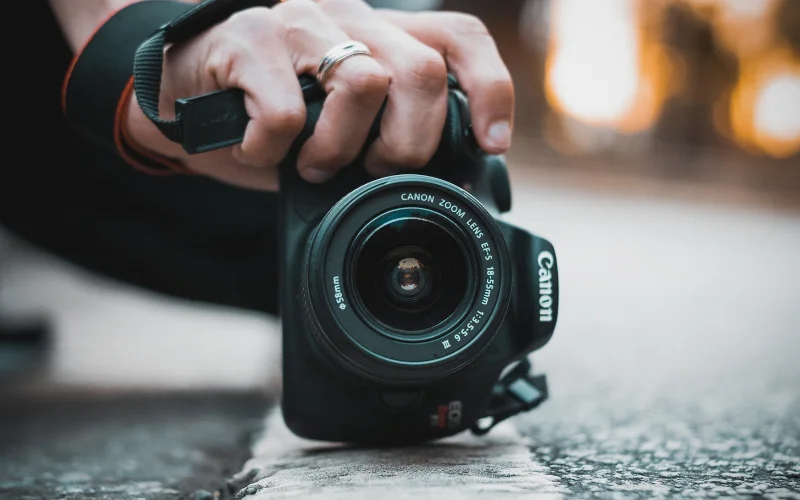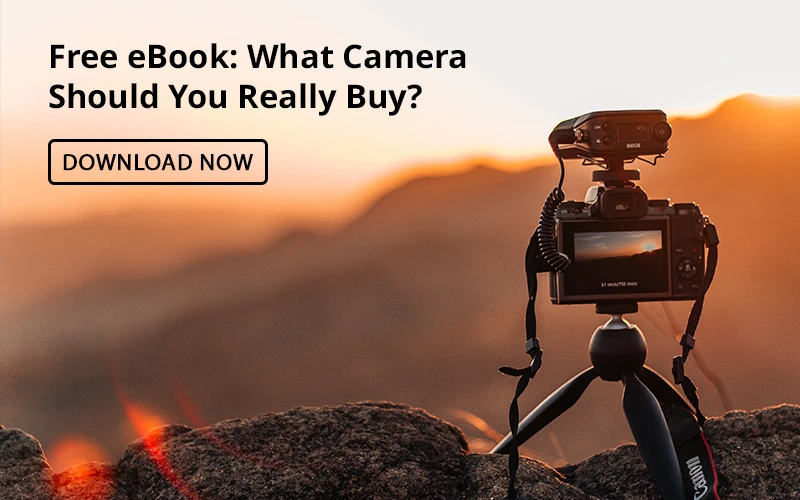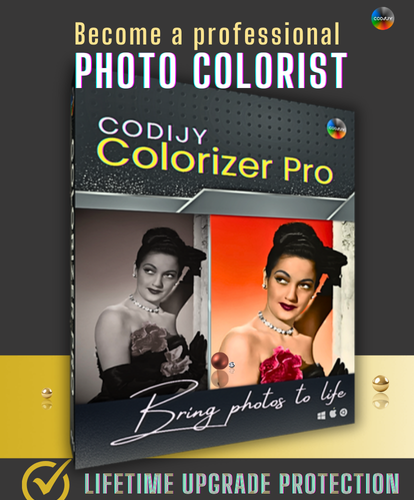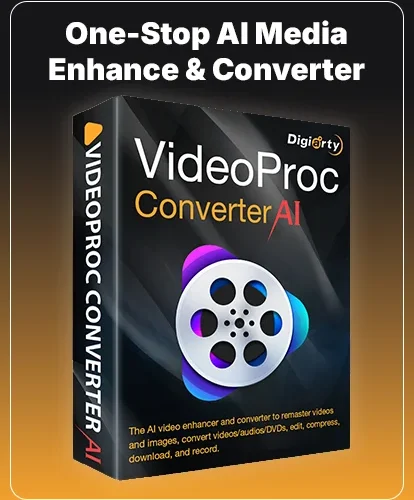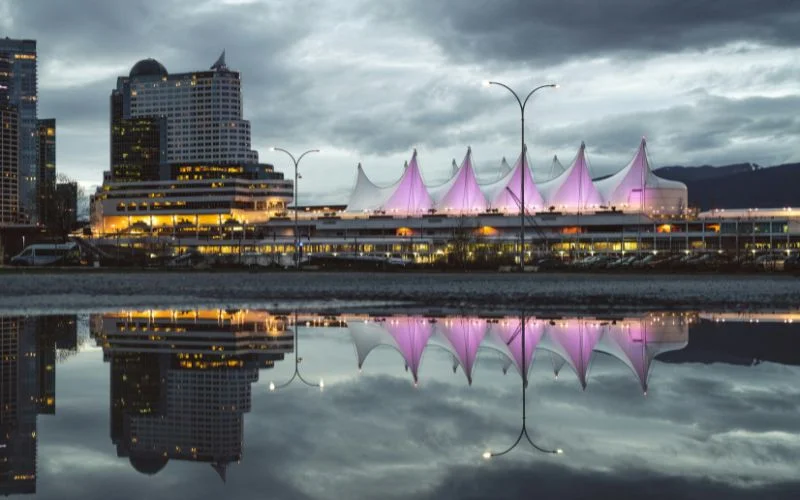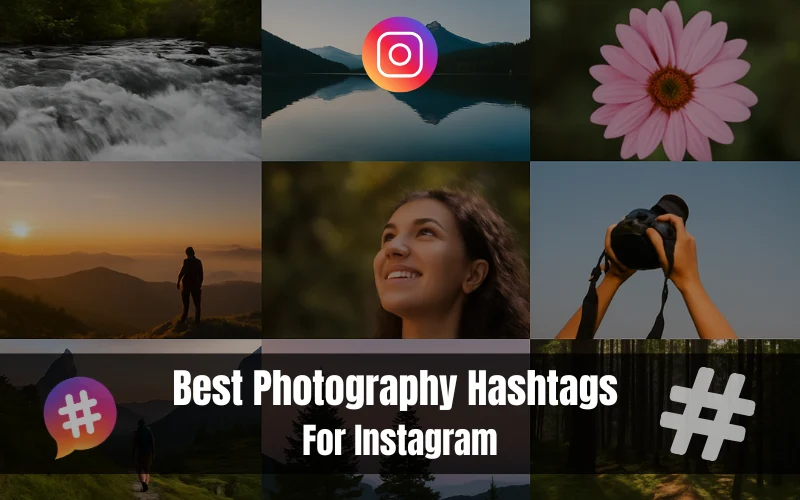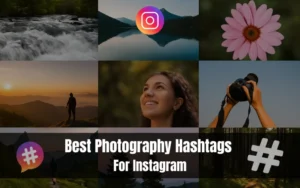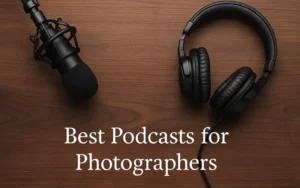Are you just starting photography, and do you not know what camera to buy? With a million options, choosing the right camera for your needs can be difficult. Whether you’re pursuing it as a hobby or want to become a professional photographer and set up your studio, this is a key decision. A comprehensive camera buying guide can help you with this dilemma.
But again, there is too much information out there, and it can become overwhelming. So, we’re here with an informative yet straightforward camera buying guide for beginners.
Find The Right Camera For You – A Guide
Understanding Your Needs
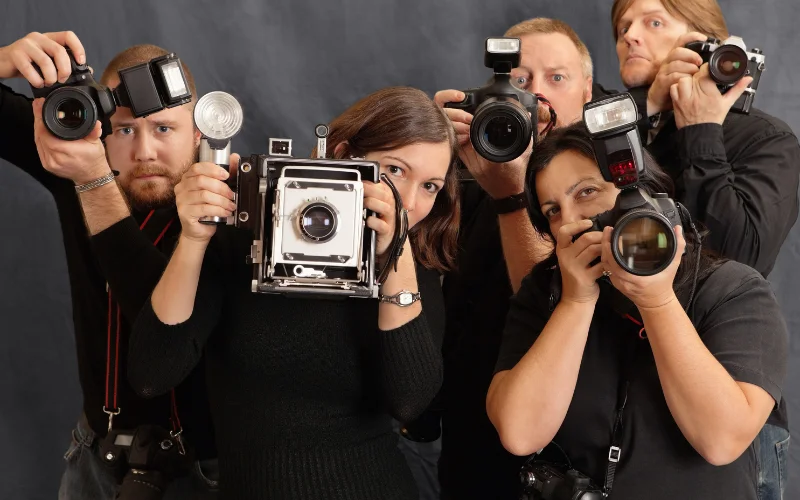
Before you get into the technical specifications and features, it’s essential to take a step back and understand your photography goals, preferences, and requirements. For clarity, consider the following factors:
What Are Your Photography Goals?
Are you looking to pursue photography professionally, or is it a hobby you enjoy in your spare time? Do you have a particular genre of photography in mind? Are you looking for a camera for boudoir photography, landscape, portrait, or wildlife photography? The camera type differs from the photography you’re trying to pursue.
What Is Your Budget?
Determine the amount you will invest in your camera and other equipment. While high-end cameras offer cutting-edge features and performance, great options are also available at more affordable prices. This is another significant factor that will narrow down your searches.
What Is Your Skill Level?
What is your proficiency in photography? Are you a beginner looking for a user-friendly camera with automatic settings, or are you an experienced photographer seeking advanced manual controls and customization options? This factor will again narrow down your search.
Types Of Cameras
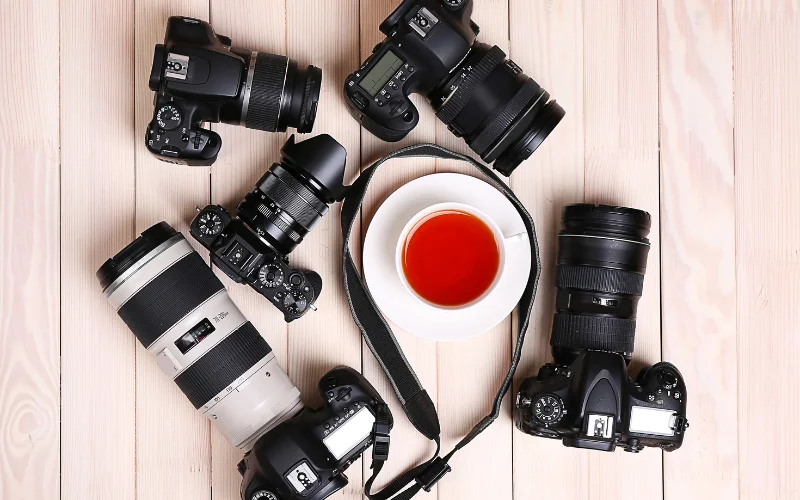
The first step in the camera buying process is understanding the different types of cameras available in the market and their strengths and weaknesses. Here’s an overview:
DSLR(Digital Single-Lens Reflex)
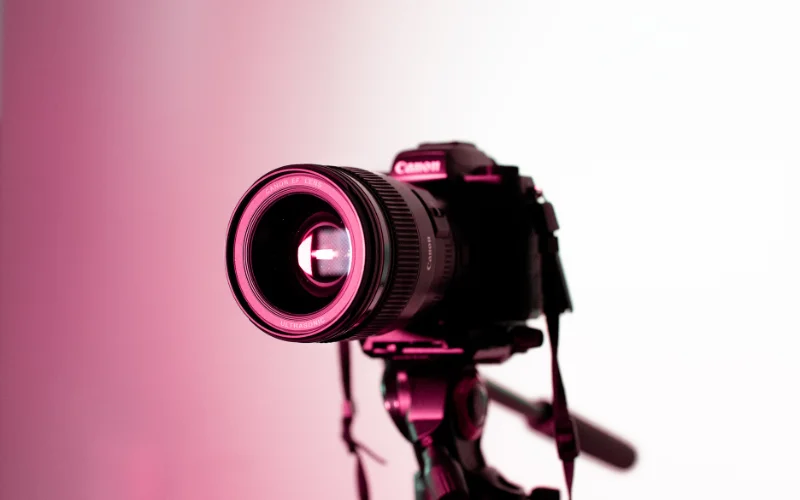
In a digital SLR camera, as light enters through the lens, the photographer views the subject in the optical viewfinder, thanks to a reflection from a mirror inside the camera body. When the photo is captured, the mirror moves aside, allowing the light to reach the digital image sensor, where the image is recorded onto an SD card. DSLRs are the best first-time cameras to buy.
If that sounds like a lot of technical jargon, here are some general advantages of using a DSLR camera.
Advantages of DSLR Cameras:
- Image Quality: DSLRs are all about top-notch image quality. Thanks to their larger sensors, they soak up more light, resulting in crisper, more explicit photos, even when the lighting isn’t ideal.
- Changeable Lenses: Let’s talk about lens options – with DSLRs, you have a whole toolbox at your disposal. Swapping lenses lets you adapt to different shooting situations, giving you the power to get creative with your shots.
- Optical Viewfinder: Now, picture this: You’re framing up your shot through the optical viewfinder of a DSLR. No worries about glare or struggling to see in low light—what you see is what you get, plain and simple.
- Autofocus: DSLRs lock onto moving subjects lightning-fast, so you can easily capture action shots.
Mirrorless Cameras

Ever heard of mirrorless cameras? They’re shaking up the game by ditching the reflex mirror found in traditional cameras. Light goes through the lens to the digital sensor, and your image appears on the camera’s LCD screen. It’s like having a preview before hitting the shutter button, which is pretty convenient.
Initially, mirrorless cameras weren’t big on interchangeable lenses, but they’ve come a long way. Nowadays, you’ve got many options for swapping out lenses, making mirrorless cameras a hot pick for photographers who love to customize their gear.
Advantages Of Mirrorless Cameras:
- Compact and Light: Mirrorless cameras are like DSLRs’ sleeker, lighter cousins. Because of smaller sensors, the setup is more compact and perfect for tossing in your bag when you’re out and about.
- Electronic Viewfinder: With mirrorless cameras, what you see is what you get, thanks to the electronic viewfinder. It gives a live preview of your shot on the rear LCD screen. Additionally, you can adjust settings like exposure and brightness before pressing the shutter button.
- Stability: Mirrorless cameras have a neat advantage: they don’t have a bulky mirror inside, so they’re less likely to shake when you’re shooting. That means your photos come out more precise and more professional-looking.
- Noise-Free: With fewer moving parts, they’re super quiet. This makes them perfect for stealthy and discreet photography moments.
- Higher Speed: Mirrorless cameras are lightning fast. They’ve got top-notch focusing abilities and speedy shutter action, making it a breeze to capture shots rapidly. So you’ll never miss a moment, whether it’s action-packed or just a quick candid snap.
Point-And-Shoot Cameras
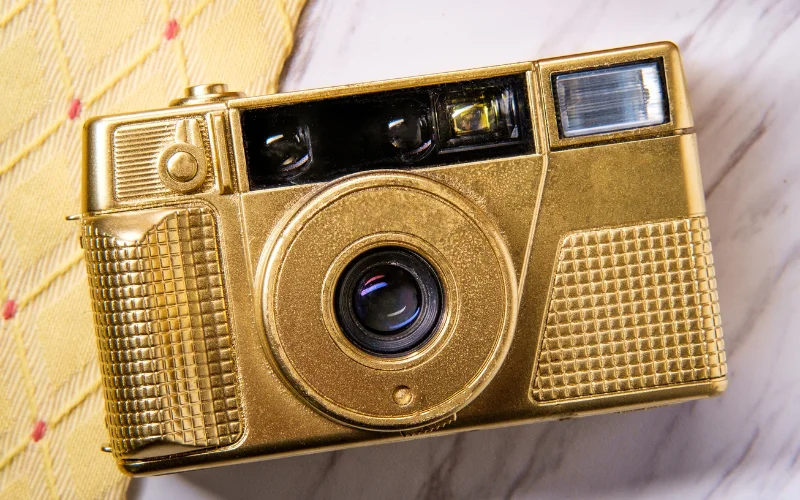
You know those cameras where you point, click, and let the magic happen? That’s the beauty of point-and-shoot cameras, whether old-school film or digital. No need to fuss over focus or exposure settings; you aim, press the button, and voila!
They come in all shapes and sizes, from those cheap throwaways to sleek little pocket-sized digitals. Even fancy high-end cameras have a point-and-shoot option, so you can sit back and let the camera do all the work.
Advantages Of Point and Shoot Cameras
- Compactness: These cameras can be ridiculously tiny, even smaller than your average smartphone. Their small size means you can carry them everywhere, and snapping photos feels like using a proper camera. Who hasn’t felt frustrated trying to maneuver a phone for a good shot?
- Colors: There’s something special about the colors these cameras capture. They often have this unique quality that can make images look more vibrant and true-to-life compared to modern sensors. And let’s not forget about monochrome shots; they look particularly striking on some of these cameras.
- Vintage Vibes: This is the perfect camera type for you if you’re after that old-school film vibe. The way CCD sensors handle light gives your photos that classic “film look” straight out of the camera.
- User-Friendly: Speaking of fun, part of what makes these cameras so enjoyable is how easy they are to use. Seriously, you can hand one to pretty much anyone, and they’ll know exactly what to do. There’s no need for photography tutorials—just point-and-shoot, simple as that!
- Affordable: Here’s the best part – you can get one of these gems without spending a dime. They are readily available at flea markets and charity shops; even your friends and family will gladly hand them over.
Camera Buying Guide – Key Features To Consider
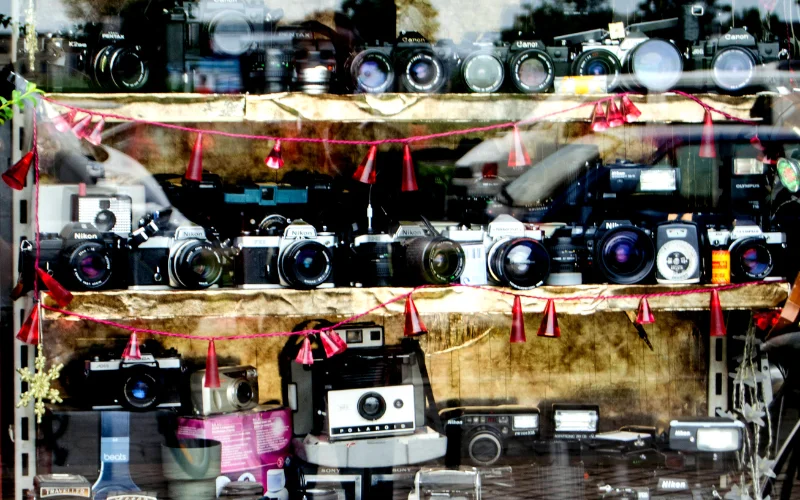
Once you’ve narrowed your options to a particular type of camera, it’s time to get into the key features and specifications that will influence your decision. Here are some essential factors to consider before spending your hard-earned money.
- Megapixels and Picture Quality: Megapixels aren’t everything when it comes to picture quality, but they do matter. They determine how detailed your photos can get. More megapixels mean you can print bigger pictures and crop them without losing too much detail.
- Sensor Size: The size of the camera’s sensor is a big deal, especially when taking photos in low light. Bigger sensors usually mean better quality photos with less graininess and more range in colors and tones.
- Lens Options: If you’re considering getting a camera with different lenses, consider the number of lenses available for that camera. Having many lens options lets you get creative in different situations when you’re shooting.
- Auto Focus: Getting clear, focused photos is pretty important, right? Look for cameras with fast and accurate auto-focus systems, especially if you’re into action shots or shooting in tricky lighting.
- Image Stabilization: Ever notice how your photos can turn out blurry if your hands shake while taking a picture? Image stabilization fixes that by keeping your shots steady to appear sharp and smooth. Whether in the camera body or the lens, it’s a game-changer.
- Burst Mode: Sometimes, you need to capture a bunch of shots quickly, especially if you’re shooting sports or something fast-moving. Cameras with burst mode let you take many photos in a row, so you don’t miss a moment.
- Video Features: If you want a camera for shooting videos and photos, check out its capabilities. Look for things like 4K resolution and manual controls.
- Connectivity: It’s super handy to be able to wirelessly transfer photos or control your camera from your phone. Look for cameras with built-in Wi-Fi, Bluetooth, etc.
- Comfort and Size: Let’s not forget about how the camera feels in your hands. You’ll want something comfy to hold, especially if you plan on using it. You don’t want your camera to slip and fall.
- Water Resistance: If you’re into adventure or wildlife photography, the camera’s waterproofness is definitely something you should consider.
Camera Buying Guide – Lens Selection
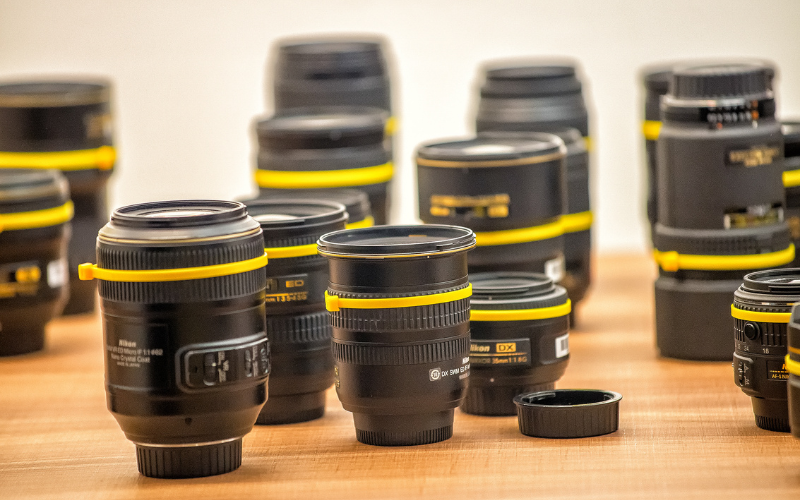
- Types of Lenses: So lenses come in all shapes and sizes, each serving different purposes depending on your shooting. Prime lenses are like the purists of the bunch, with a fixed focal length that usually gives top-notch image quality. On the flip side, zoom lenses are multitaskers, covering a range of focal lengths in just one lens.
- Compatibility Check: Before you go lens shopping, ensure they’re pals with your camera’s lens mount and sensor size. Cameras can be picky about their lenses, so it’s crucial to pick ones made specifically for your camera model.
- Focal Length Fun: A lens’s focal length basically decides how much you can see through it and how big things look. Wide-angle lenses are great for capturing big scenes like landscapes and buildings, while telephoto lenses are like the superheroes of photography, perfect for zooming in on wildlife, shooting sports action, or taking dreamy portraits.
- Aperture Awareness: Now, aperture is a bit of a big deal. It controls how much light the lens lets in and how blurry the background gets. A wider aperture (you’ll see it as a smaller f-number) is fantastic for shooting in low light and creating that dreamy background blur effect. But if you want everything in focus, a narrower aperture (a bigger f-number) is your go-to.
Also, if you’re worried about keeping your shiny new camera safe, StolenCameraFinder will help you locate your missing camera by searching for photos taken by it on the web.
You can also buy a second lens. Here’s a cheat sheet for buying a second-hand camera lens.
Wrapping Up – Camera Buying Guide For Beginners
Hope this camera buying guide will help you find the right one for your needs. Finding the right ones that suit your needs is essential rather than just buying the most expensive or trending camera. You can also try some comparison sites to narrow your search for a camera.
Here is an interesting read: What Is An AI Camera? & How Can You Use It?
Like this post? Check out more inspirational photography tips and content on our blog.
